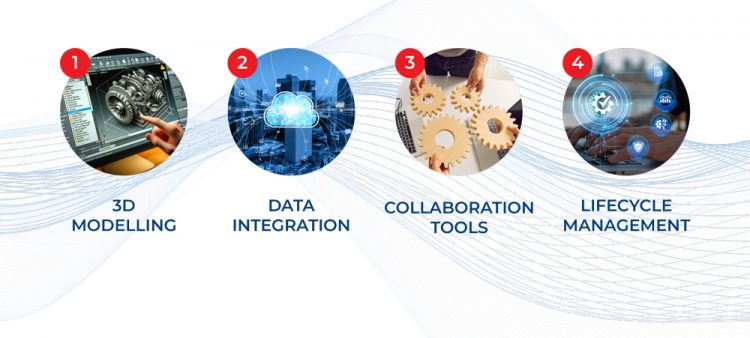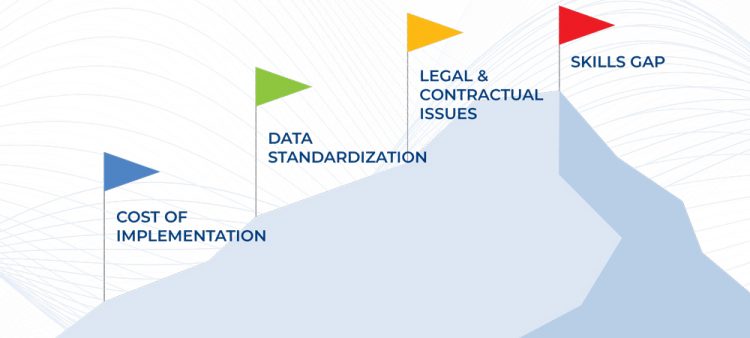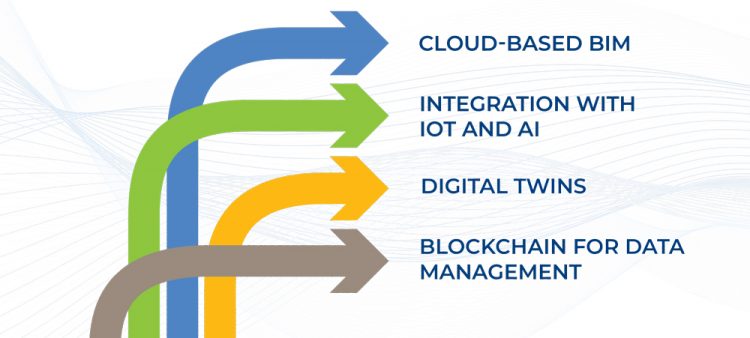BIM: Ready to streamline construction projects and eliminate costly delays?
Building Information Modelling (BIM) has emerged as a transformative technology in the architecture, engineering, and construction (AEC) industry. It revolutionizes how buildings and infrastructure projects are designed, constructed, and managed throughout their lifecycle. BIM's ability to centralize and share rich data fosters collaboration, improves efficiency, and enhances decision-making processes. This article explores the fundamental concepts, benefits, challenges, and future prospects of BIM in the construction industry.

Introduction
Building Information Modelling (BIM) has emerged as a transformative technology in the architecture, engineering, and construction (AEC) industry. It revolutionizes how buildings and infrastructure projects are designed, constructed, and managed throughout their lifecycle. BIM’s ability to centralize and share rich data fosters collaboration, improves efficiency, and enhances decision-making processes. This article explores the fundamental concepts, benefits, challenges, and future prospects of BIM in the construction industry.
Understanding BIM
At its core, BIM is a digital representation of physical and functional characteristics of buildings and infrastructure. Unlike traditional 2D drawings, BIM encompasses 3D models enriched with comprehensive data attributes. These models serve as intelligent repositories, containing information about materials, geometries, spatial relationships, and more.
History of BIM
The roots of BIM can be traced back to the 1970s when pioneering efforts began to integrate computing into architectural and engineering practices. However, it wasn’t until the 1990s that the concept of BIM started to take shape in its modern form.
One of the earliest instances of BIM-like technology was Intergraph’s Interactive Graphics Design System (IGDS), introduced in the late 1970s. This system allowed architects and engineers to create digital representations of building designs, laying a foundation for the evolution of BIM.
The BIM wars
The 21st century witnessed a significant surge in BIM adoption with the development of dedicated BIM software platforms. Companies like Autodesk, Bentley Systems, and Graphisoft played instrumental roles in popularizing BIM through their innovative software solutions.
Autodesk’s Revit, launched in 2000, emerged as one of the leading BIM software packages, offering comprehensive tools for building design, visualization, and documentation. Revit’s parametric modeling capabilities and data-driven approach marked a paradigm shift in architectural design workflows.
Advancements in BIM Technology
BIM technology has continued to evolve, incorporating advanced features such as cloud collaboration, 4D scheduling, and virtual reality (VR) integration. Cloud-based BIM platforms enable real-time collaboration and data sharing among project stakeholders, regardless of their geographic locations.
Key Components of BIM
- 3D Modelling: BIM software allows stakeholders to create detailed 3D models of structures, enabling visualization and spatial analysis.
- Data Integration: BIM integrates various data types, including geometric, spatial, temporal, and semantic information, into a single cohesive platform.
- Collaboration Tools: BIM facilitates interdisciplinary collaboration by providing real-time access to project data and enabling seamless communication among stakeholders.
- Lifecycle Management: BIM supports the entire lifecycle of a building, from conceptual design to construction, operation, and maintenance, by centralizing data and streamlining workflows.
Benefits of BIM
- Improved Collaboration: BIM fosters interdisciplinary collaboration and coordination, reducing conflicts and errors during design and construction phases.
- Enhanced Visualization: BIM enables stakeholders to visualize designs in 3D, improving comprehension and enabling better-informed decision-making.
- Cost and Time Savings: BIM streamlines construction processes, reduces rework, and minimizes project delays, leading to cost and time savings.
- Better Asset Management: BIM facilitates the collection and organization of asset data, supporting effective maintenance and facility management throughout the building’s lifecycle.
- Sustainability: BIM enables designers to simulate and optimize building performance, leading to more sustainable and energy-efficient designs.
Challenges and Considerations
While BIM offers numerous benefits, its adoption comes with challenges:
- Cost of Implementation: BIM implementation requires investment in software, training, and infrastructure, which can be a barrier for smaller firms.
- Data Standardization: Ensuring consistency and interoperability of data across different BIM platforms remains a challenge, particularly in large-scale projects involving multiple stakeholders.
- Legal and Contractual Issues: BIM raises legal and contractual concerns related to intellectual property rights, liability, and ownership of data.
- Skills Gap: The successful implementation of BIM requires a skilled workforce capable of leveraging BIM tools effectively.
Future Directions
Looking ahead, the future of BIM promises even greater innovation and transformation.
- Cloud-Based BIM: Cloud technology will enable real-time collaboration and data sharing among stakeholders, regardless of their location.
- Integration with IoT and AI: BIM will integrate with Internet of Things (IoT) devices and Artificial Intelligence (AI) algorithms to enable predictive maintenance and enhance building performance.
- Digital Twins: BIM models will evolve into digital twins, providing real-time insights into building behaviour and performance.
- Blockchain for Data Management: Blockchain technology will enhance data security and transparency in BIM projects, ensuring the integrity and traceability of information.
Conclusion
Building Information Modelling (BIM) has come a long way and is reshaping the construction industry by improving collaboration, efficiency, and decision-making processes. While challenges remain, the benefits of BIM far outweigh the obstacles. As technology continues to evolve, BIM will play an increasingly integral role in shaping the future of construction and infrastructure development.
Incorporating BIM into construction workflows has become not just a trend but a necessity for staying competitive and delivering high-quality projects in today’s dynamic environment. Embracing BIM represents a strategic investment in the future success of construction projects, driving innovation, sustainability, and improved outcomes across the industry.

Ronald Small
MEP BIM Manager



